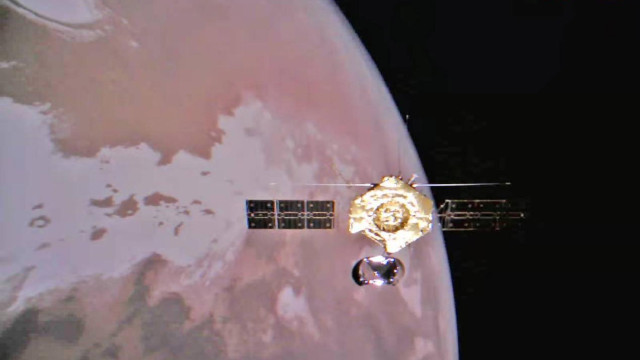Scientists from the University of Arizona have proven that the planet Mars was more geologically active in the recent past than previously thought.
Beneath the region, called Elysian Planitia, is a giant mantle that has caused large-scale lava flows, according to the study, published in the Journal of Geophysical Research: Planets. Astronomers combined images from NASA's Mars Reconnaissance Orbiter (MRO), data from MRO's SHARAD radar, and data from the Mars Global Surveyor laser altimeter. This made it possible to obtain a three-dimensional image of the interior of the studied region and to reconstruct its appearance before the outpouring of lava from multiple fissures about a million years ago.
Researchers have identified more than 40 volcanic eruptions, with one of the largest flows filling a channel called the Athabasca Valles with about 4,000 cubic kilometers of basalt, and other eruptions filling the Cerberus fissure zone with more than 10,000 cubic kilometers of lava. Elysium Planitia has also been shown to have experienced several major floods, which may have occurred due to the catastrophic release of groundwater through cracks in the crust. But despite the clear signs of lava-water interaction, subsurface ice may have survived to this day only in some areas of the plain. /BGNES







